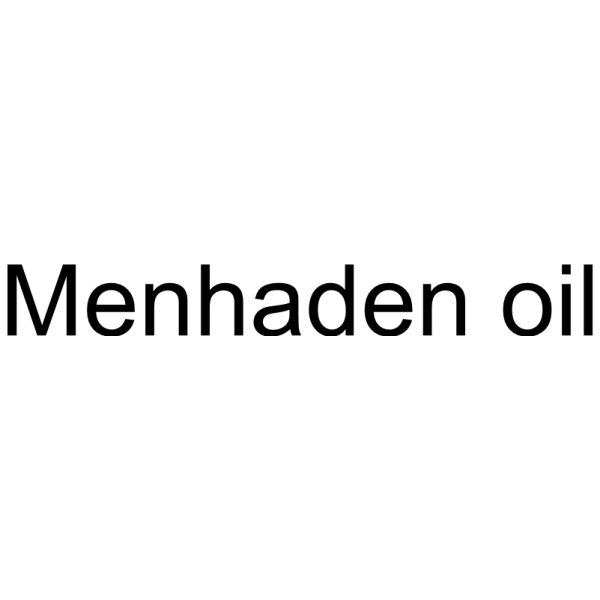Persistent organic pollutants in fish oil supplements on the canadian market: polychlorinated dibenzo-p-dioxins, dibenzofurans, and polybrominated diphenyl ethers.
D F K Rawn, K Breakell, V Verigin, H Nicolidakis, D Sit, M Feeley, J J Ryan
Index: J. Food Sci. 74(4) , T31-6, (2009)
Full Text: HTML
Abstract
Canadians are interested in improving their diet through the consumption of fish oil food supplements, which are marketed to be rich in omega-3 fatty acids. Convenience samples of omega-3 enriched dietary supplements (n = 30) were collected in Vancouver, Canada, between 2005 and 2007. All of the omega-3 supplements were analyzed for polychlorinated dibenzo-p-dioxins/furans (PCDD/Fs) and polybrominated diphenyl ethers (PBDEs) and, although every sample was found to contain detectable residues of PBDEs, only 24 samples were found to have PCDD/F concentrations above the level of detection. PCDD/F concentrations ranged from 0.05 pg TEQ/g lipid to 45.7 pg TEQ/g lipid in salmon and shark oils, respectively. Maximum PBDE concentrations similarly were observed in shark oil (113 microg/kg lipid), however, most supplements had concentrations below 5 microg/kg lipid. Average PCDD/F and PBDE intake estimates, based on consumption of maximum supplement dose following product label recommendations, were 4.32 pg TEQ/d and 25.1 ng/d lipid, respectively.
Related Compounds
| Structure | Name/CAS No. | Molecular Formula | Articles |
|---|---|---|---|
 |
Fish oil from menhaden
CAS:8002-50-4 |
|
Physiological response of alligator gar juveniles (Atractost...
2015-08-01 [Fish Physiol. Biochem. 41 , 1015-27, (2015)] |
|
Menhaden oil, but not safflower or soybean oil, aids in rest...
2012-01-01 [Lipids Health Dis. 11 , 60, (2012)] |
|
Fish oil supplementation maintains adequate plasma arachidon...
2012-05-01 [Nutr. Res. 32(5) , 381-9, (2012)] |
|
Fish oil inhibits human lung carcinoma cell growth by suppre...
2009-01-01 [Mol. Cancer Res. 7(1) , 108-17, (2009)] |
|
Reduction of hepatocellular injury after common bile duct li...
2008-11-01 [J. Pediatr. Surg. 43(11) , 2010-5, (2008)] |